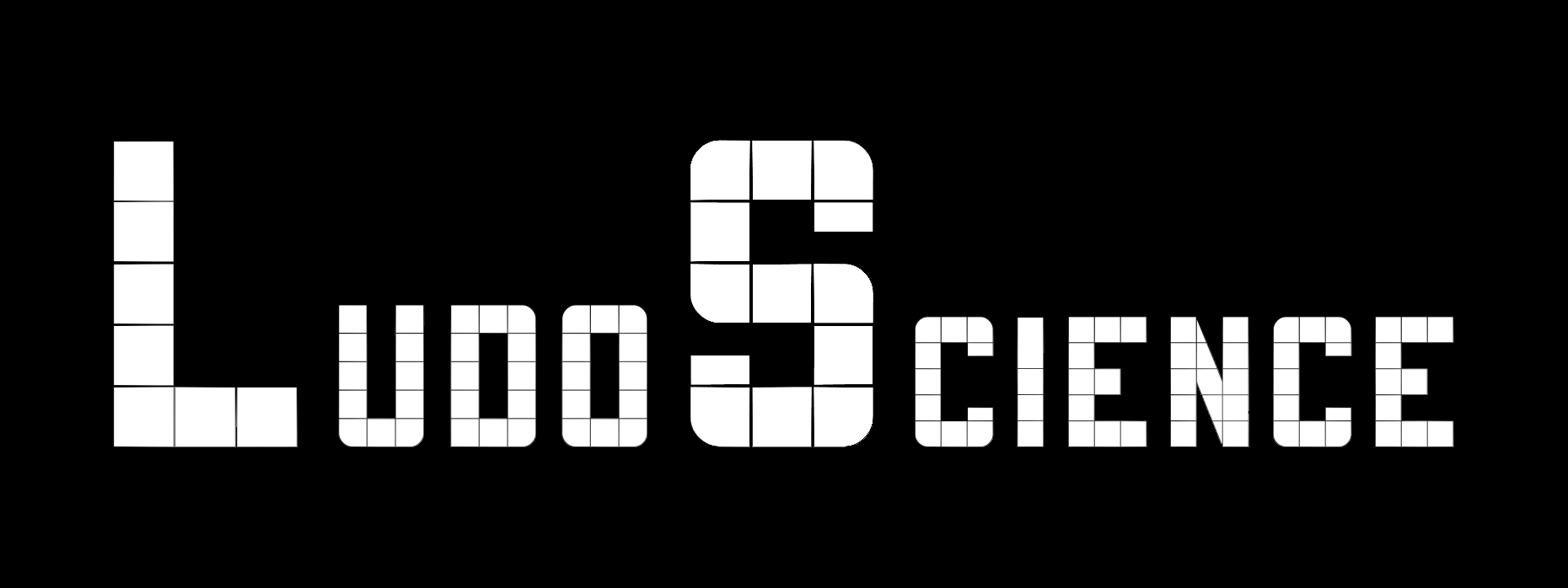Simulation-Assisted Guided Waves Imaging for Shm : Tomography and Shape Derivative
Résumé
The detection and quantification of defects are essential in various industrial sectors. Evaluating the severity of these defects enables appropriate maintenance scheduling, thereby optimizing costs and minimizing risks. Guided elastic waves prove to be particularly suitable for Structural Health Monitoring of thin structures, owing to their extended range and high sensitivity.
Over the past decade, guided wave tomography, based on an acoustic propagation hypothesis, has been explored for the quantitative imaging of defects in waveguides. This acoustic approximation enables rapid computation and accurate defect estimation in simple geometries like plates or pipes. However, it assumes a single guided mode without mode conversion and under the Born approximation, limiting its application to defects larger than two wavelengths in near-ideal waveguide structures. This limitation highlights the necessity for novel imaging algorithms, particularly for smaller defects in less ideal structures such as pipes with welded supports.
We introduce an adapted shape derivative method, from mathematical optimisation theory, for ultrasound applications, aimed at reconstructing surface defects in complex geometrical structures. Our approach considers the full elastodynamic problem, encompassing all physical phenomena during wave propagation. While iterative methods, such as shape derivatives, are known for their precision, they require solving the full elastodynamic problem multiple times at each iteration, resulting in high computational demands. Additionally, due to the use of the full ultrasound waveform, the associated cost functions are susceptible to numerous local minima, which can impede true defect convergence. To address these challenges, we employ a spectral finite element method to reduce computation and memory requirements. Furthermore, initial results from acoustic guided wave tomography serve as preliminary estimates to reduce iteration numbers and sensitivity to local minima.
Principles of the shape derivative method will be shown and supported by validations through simulated and experimental data.
